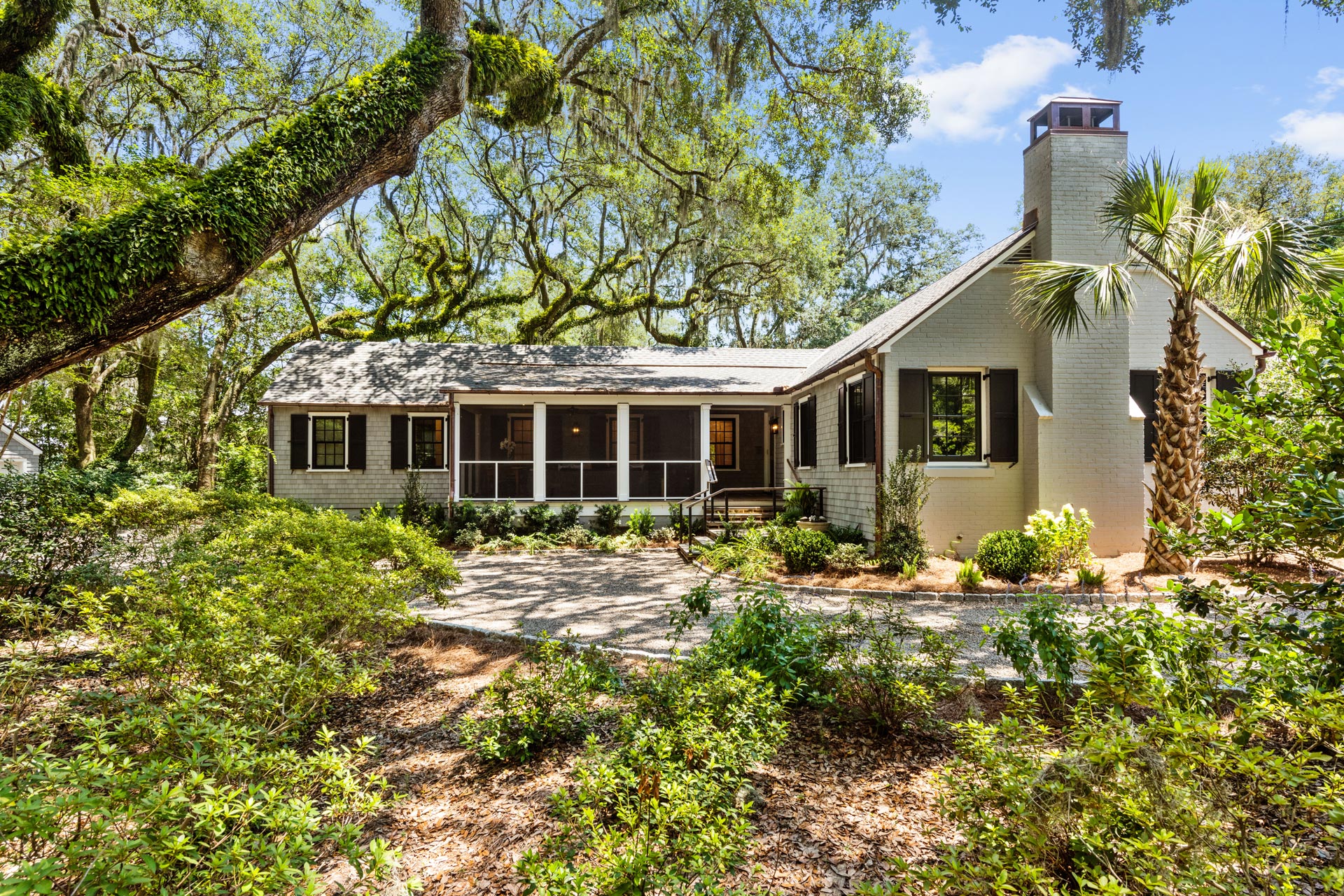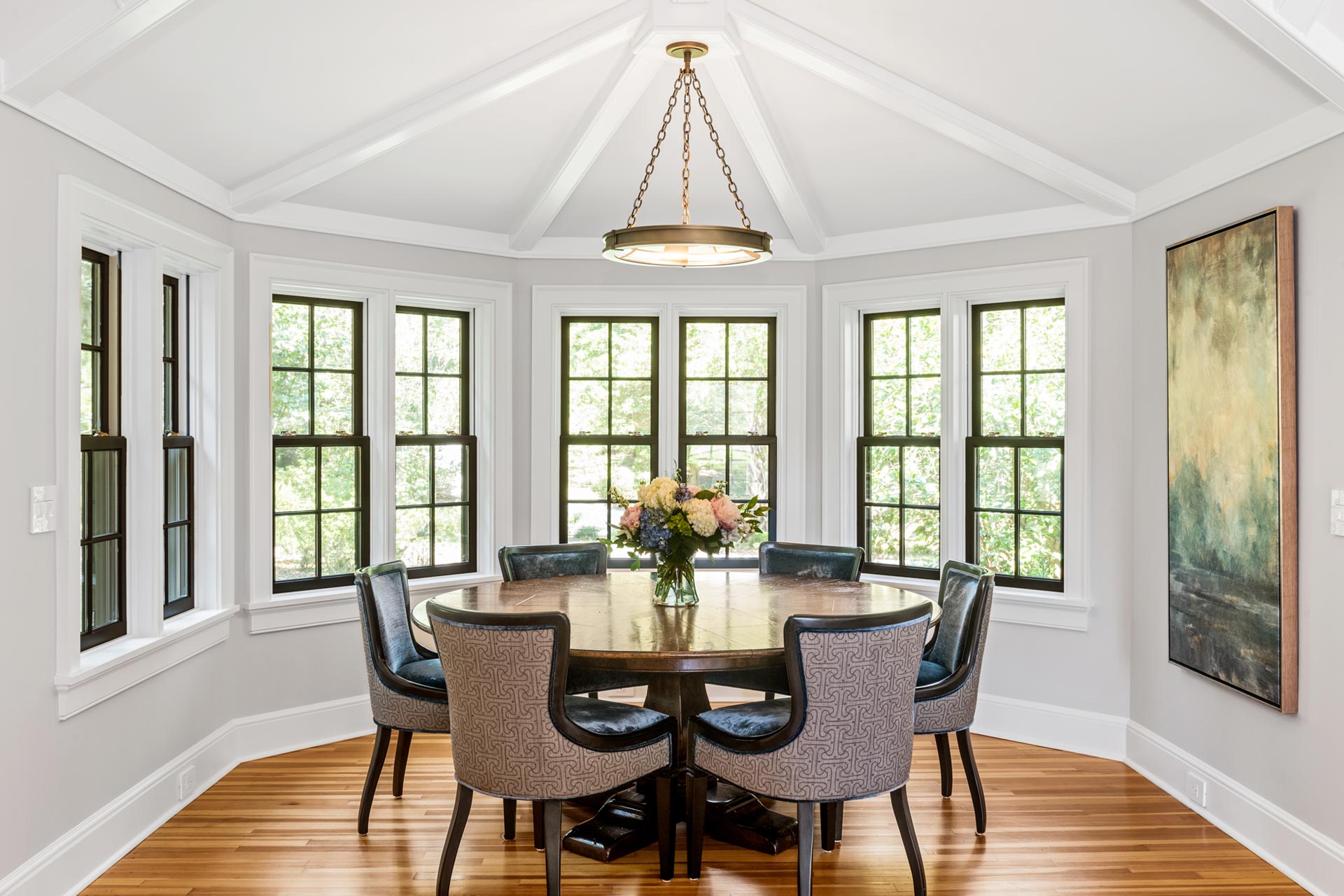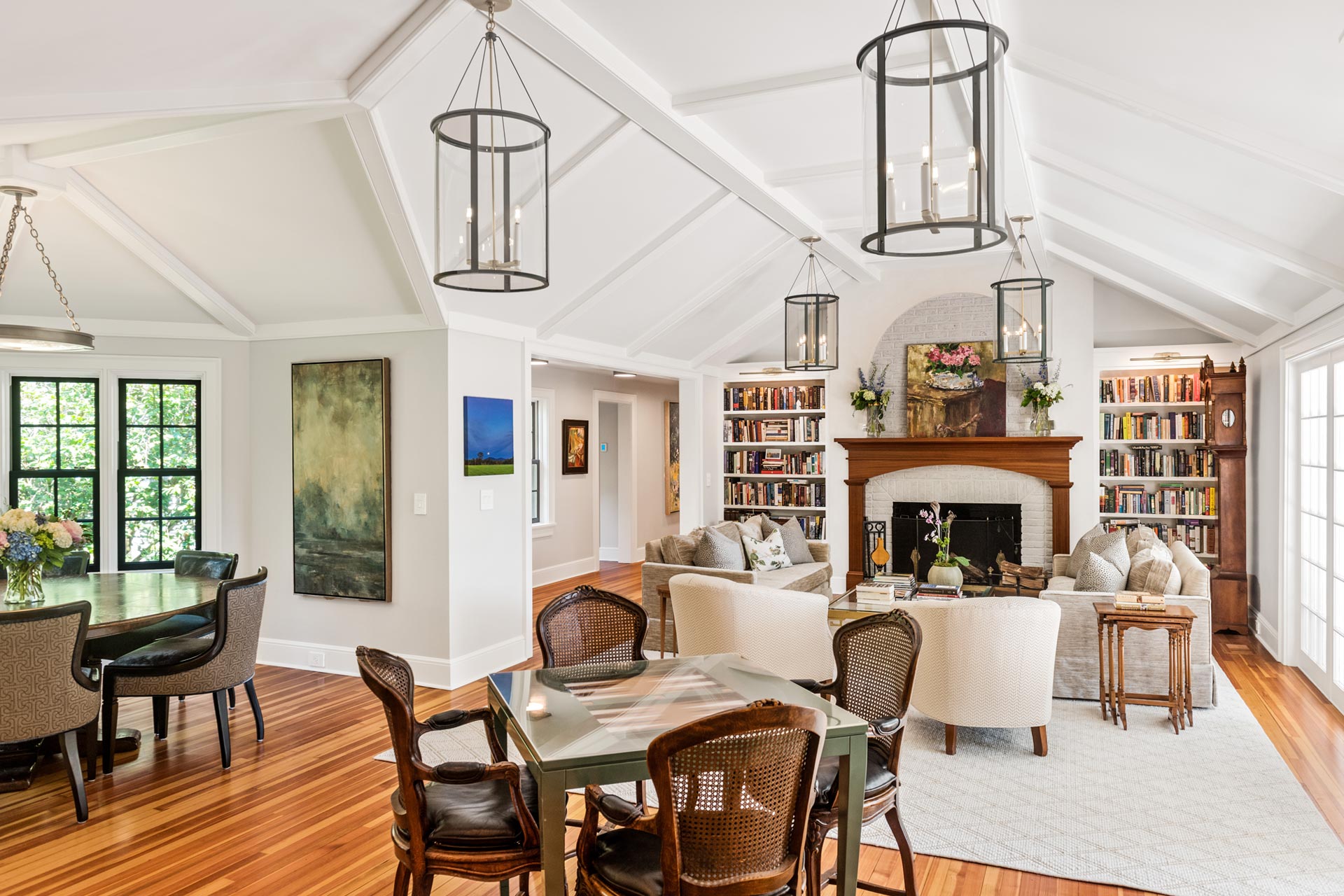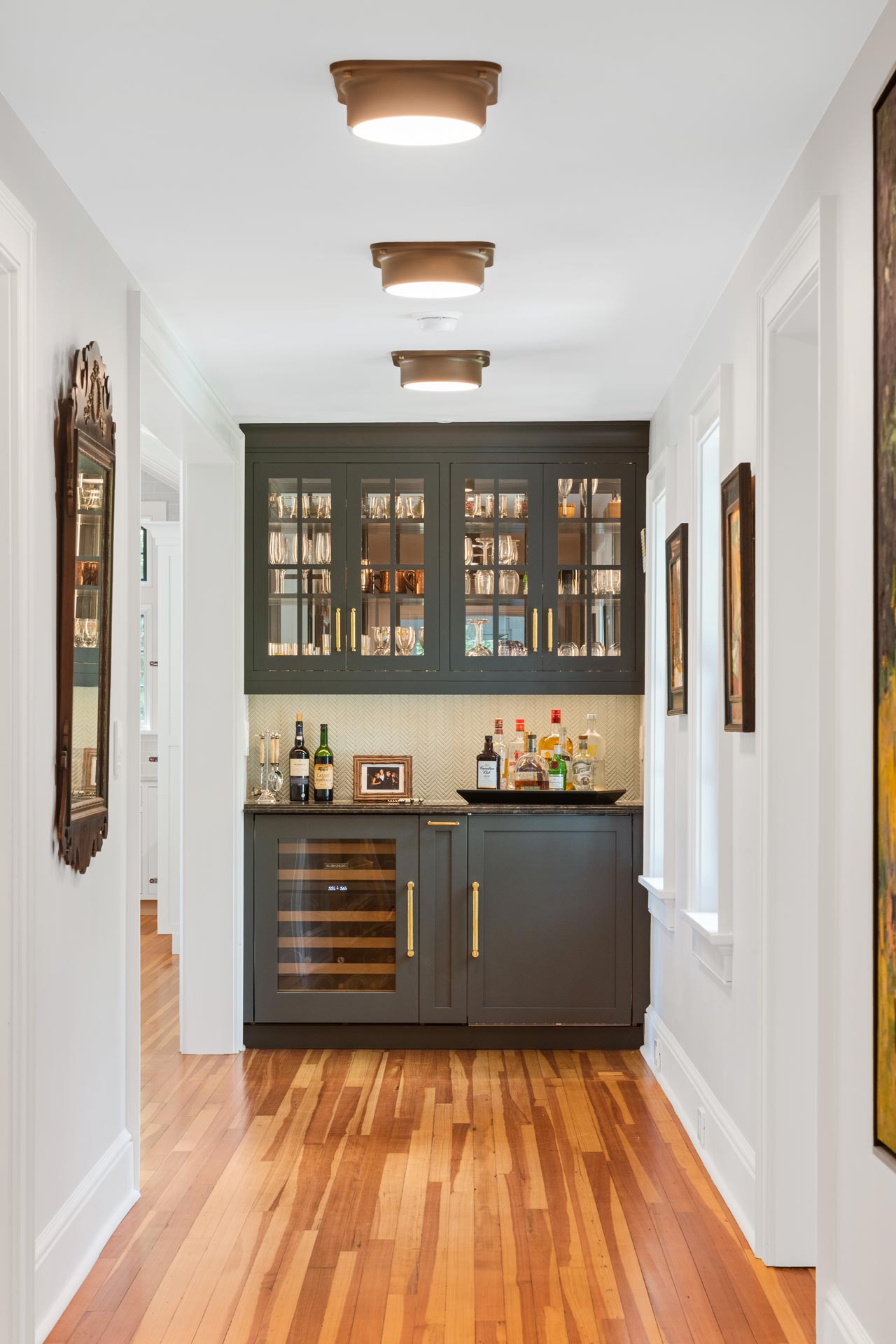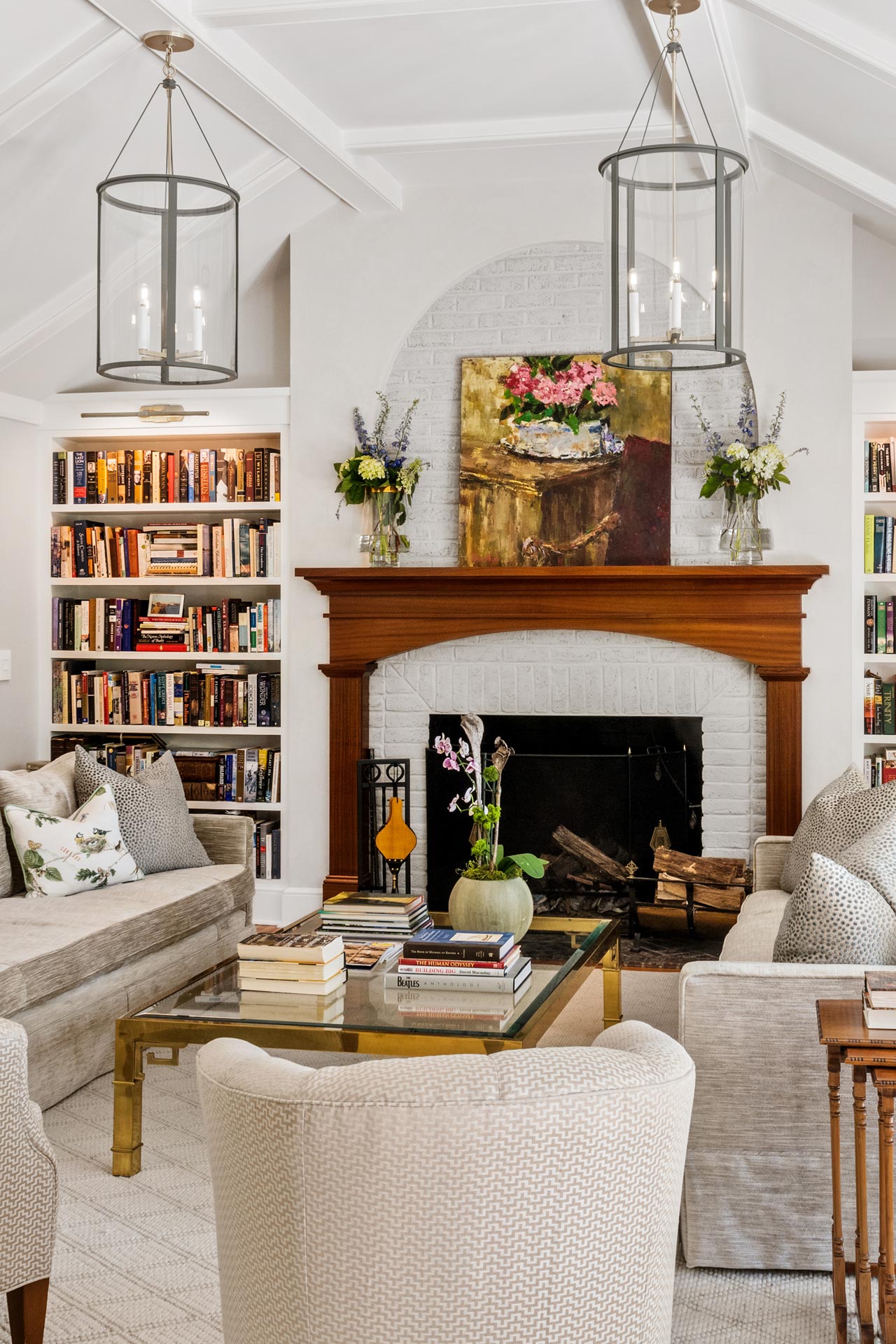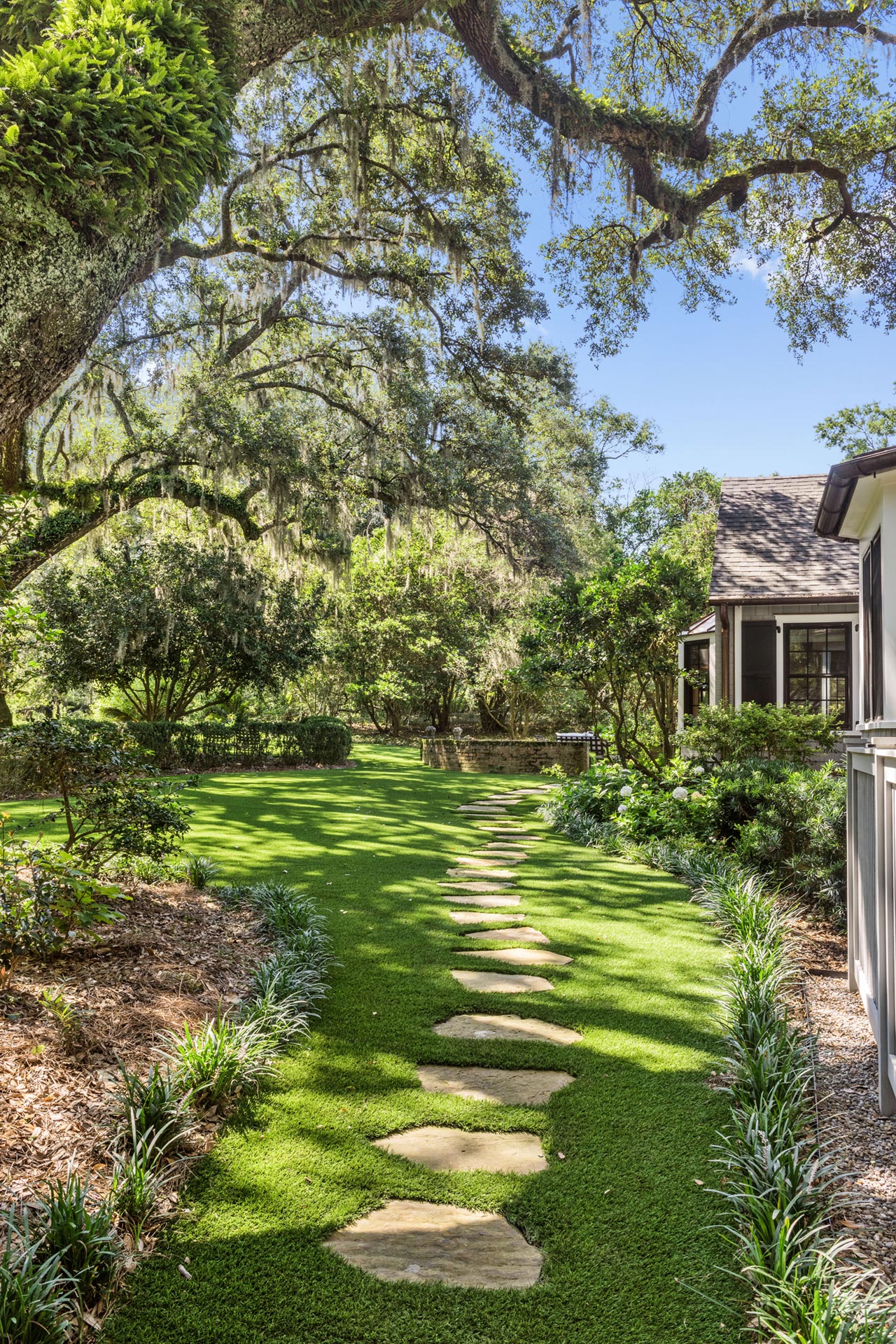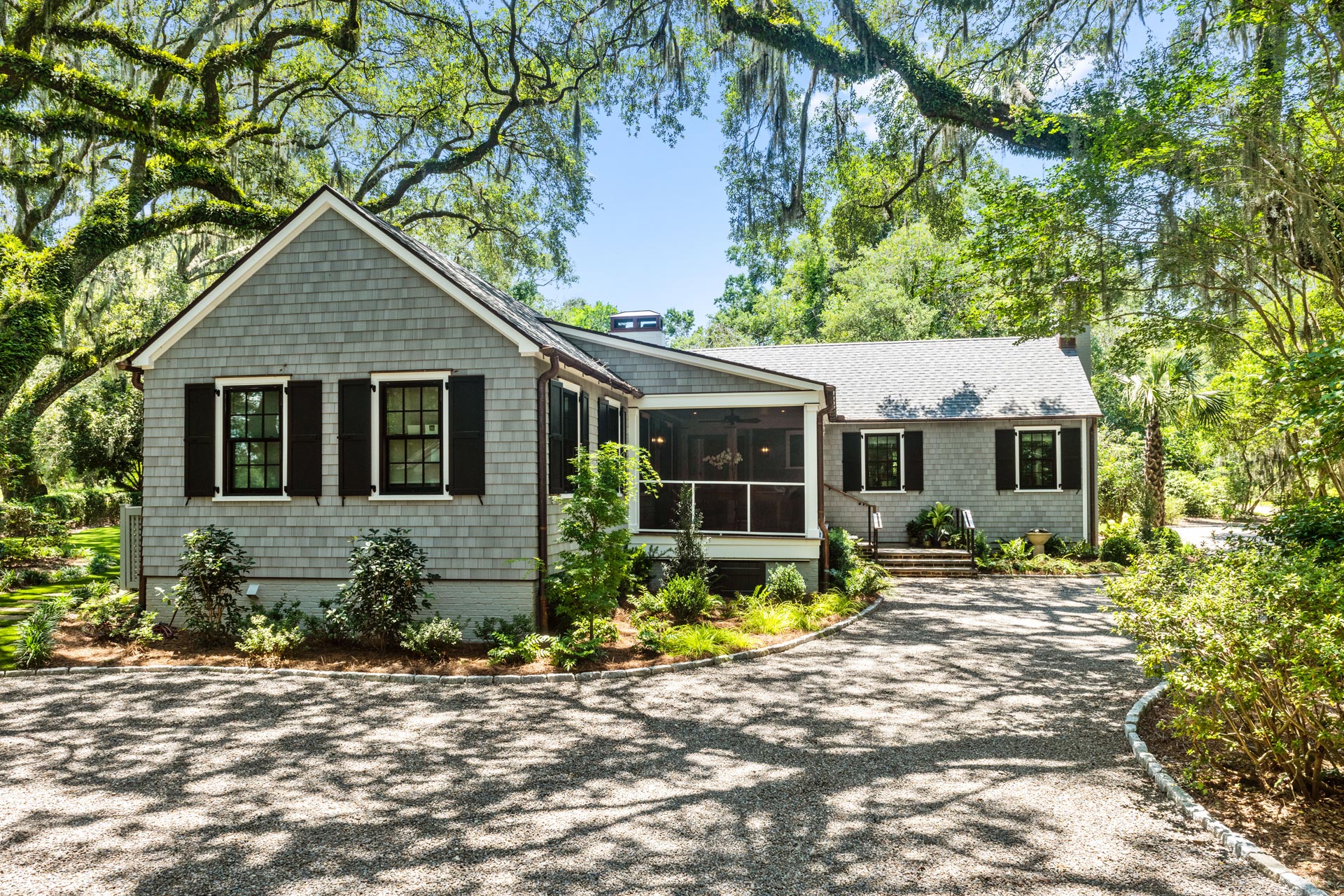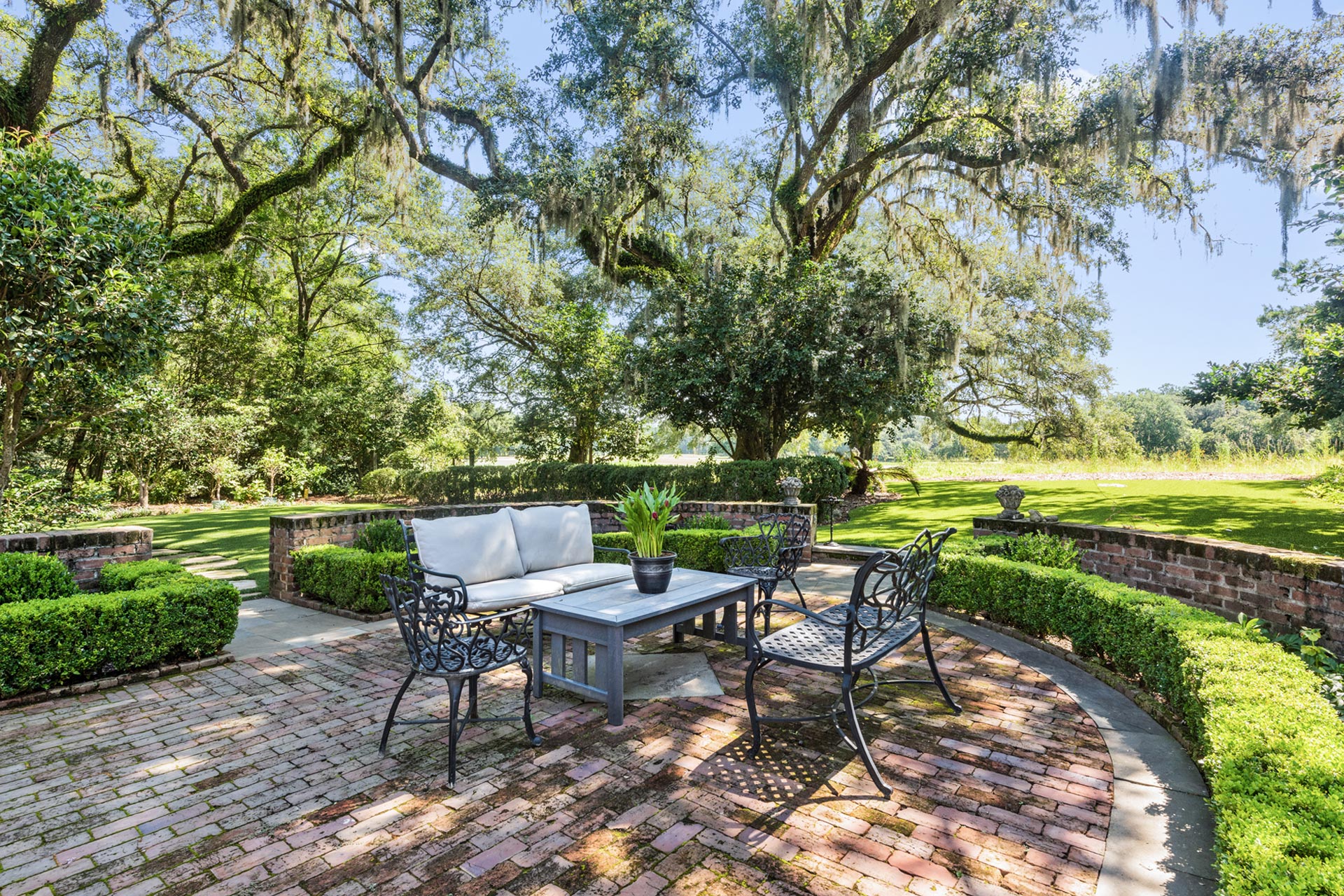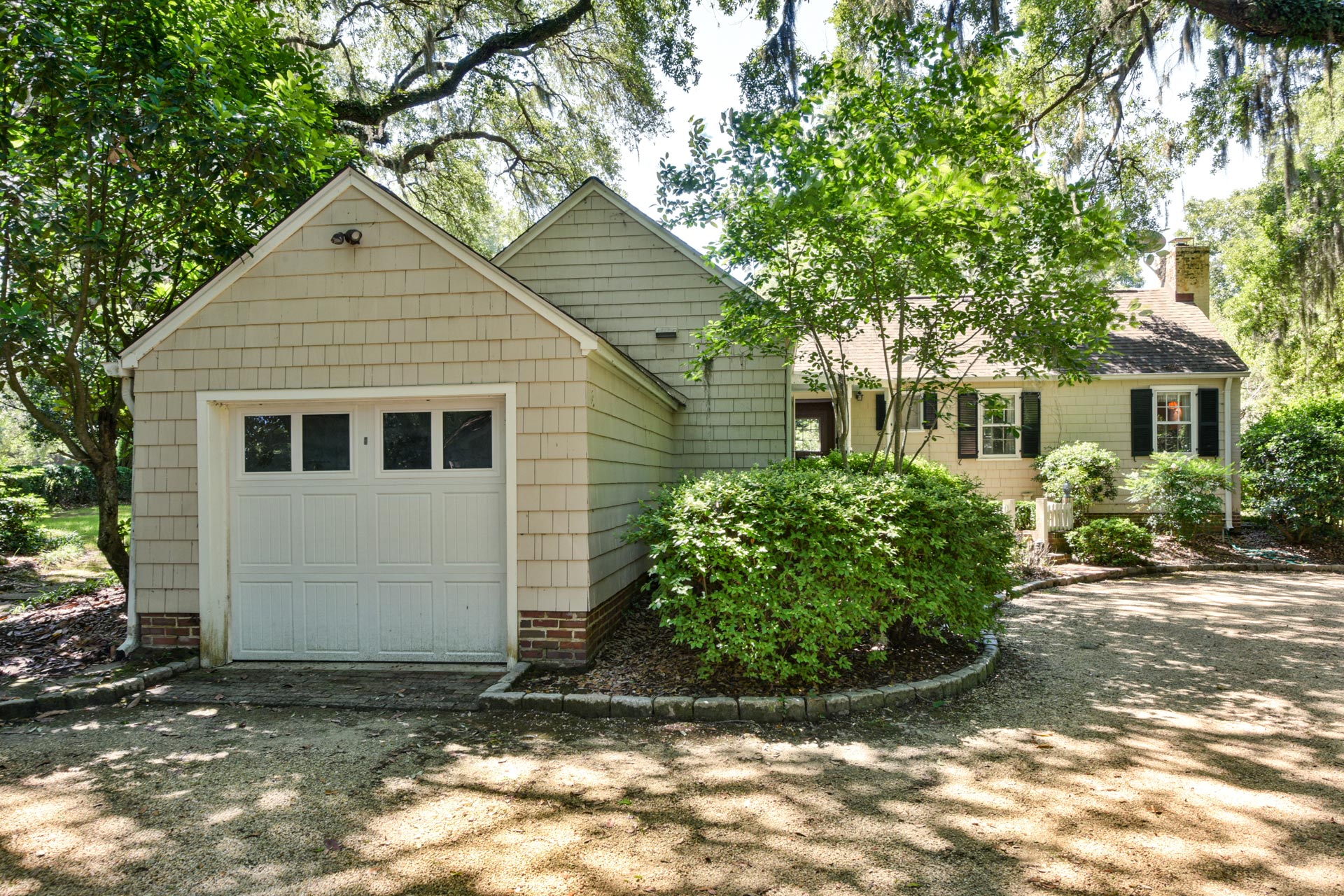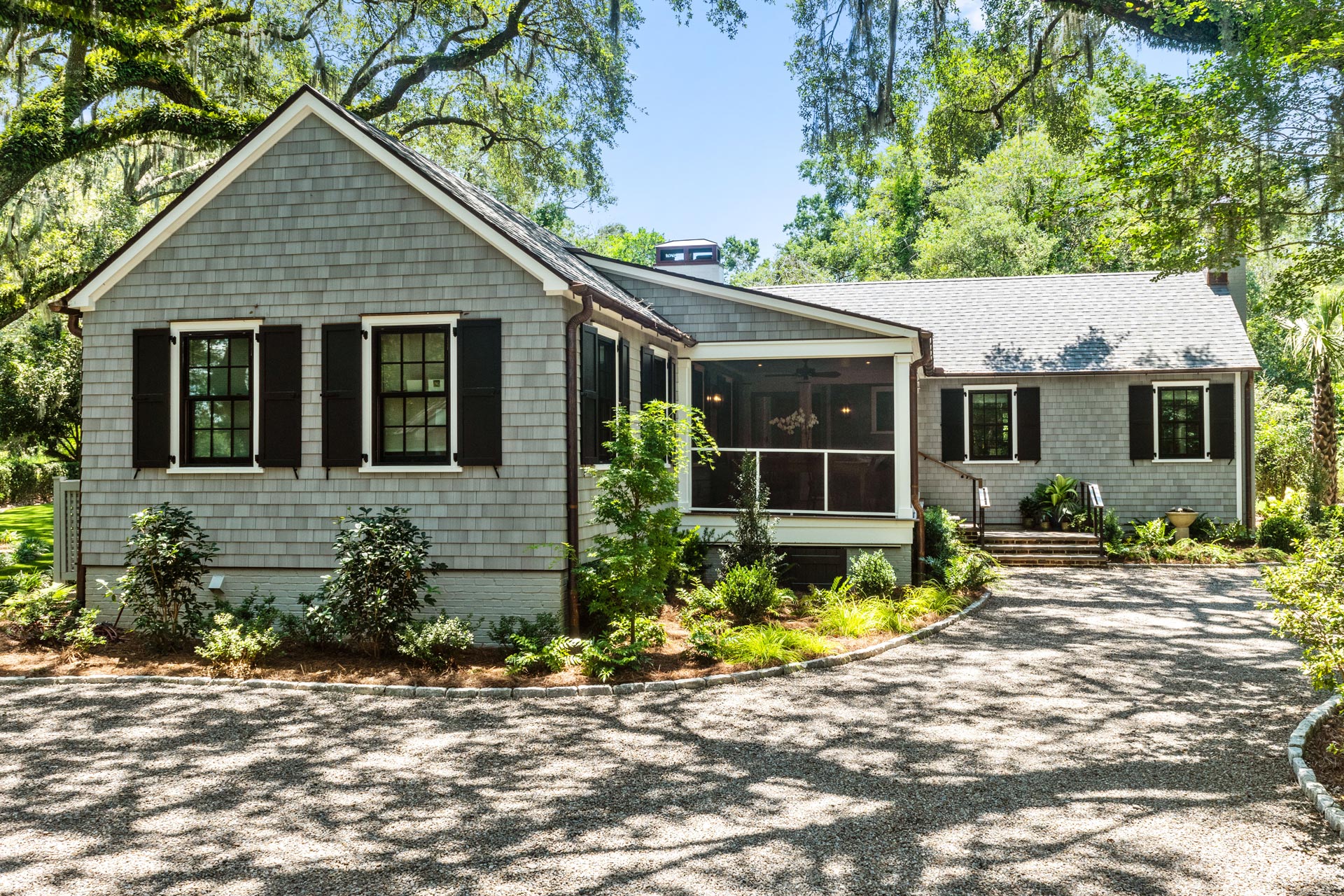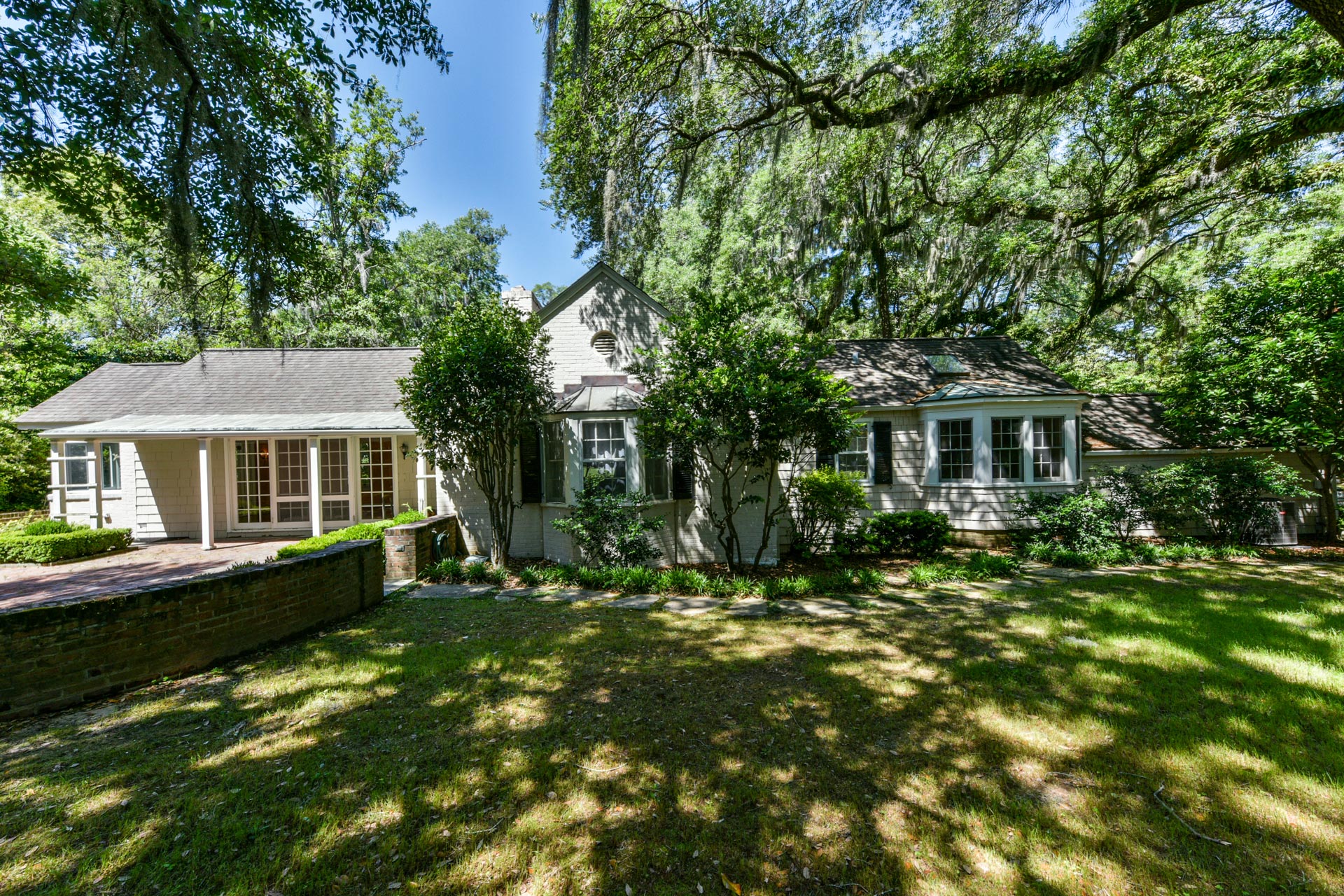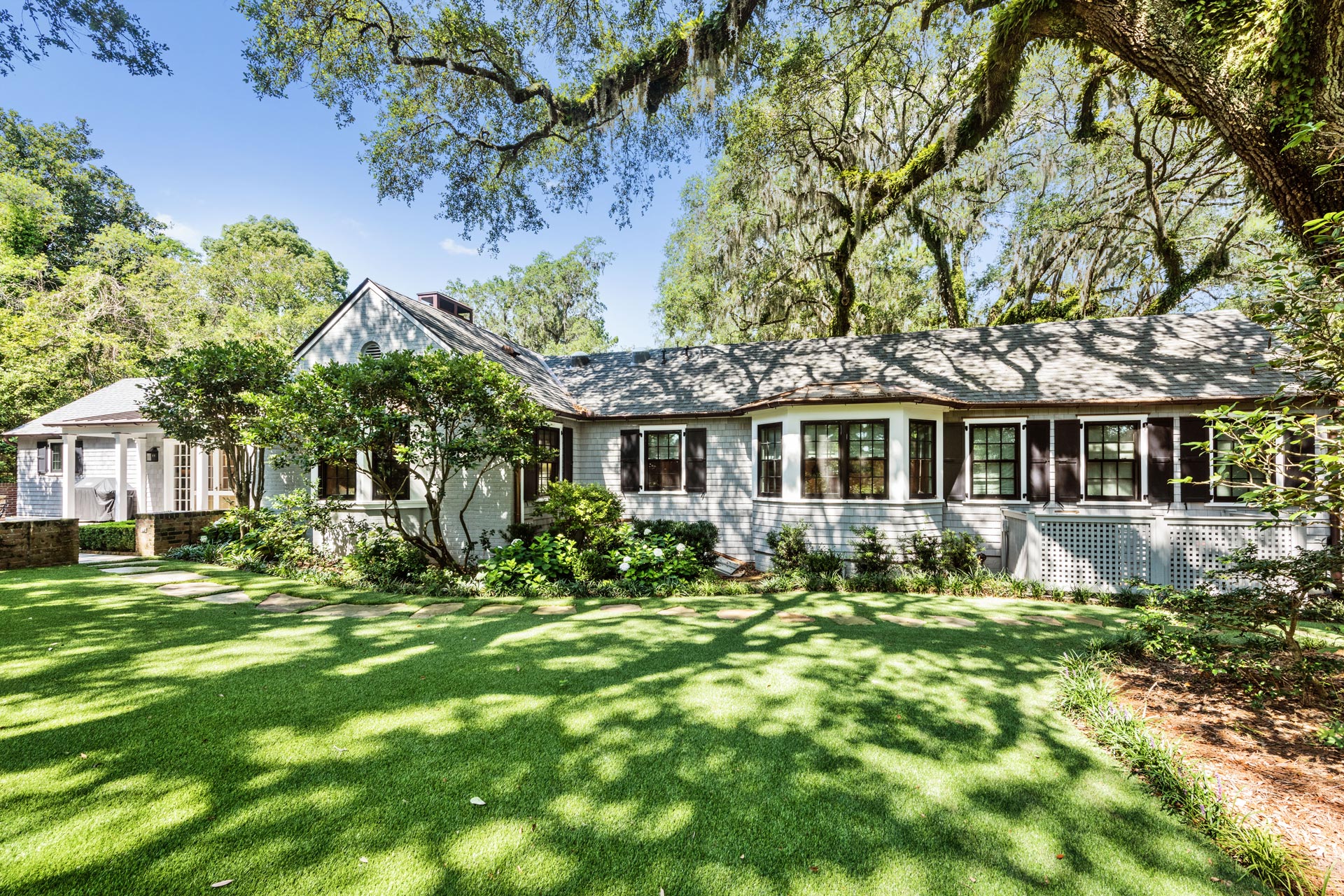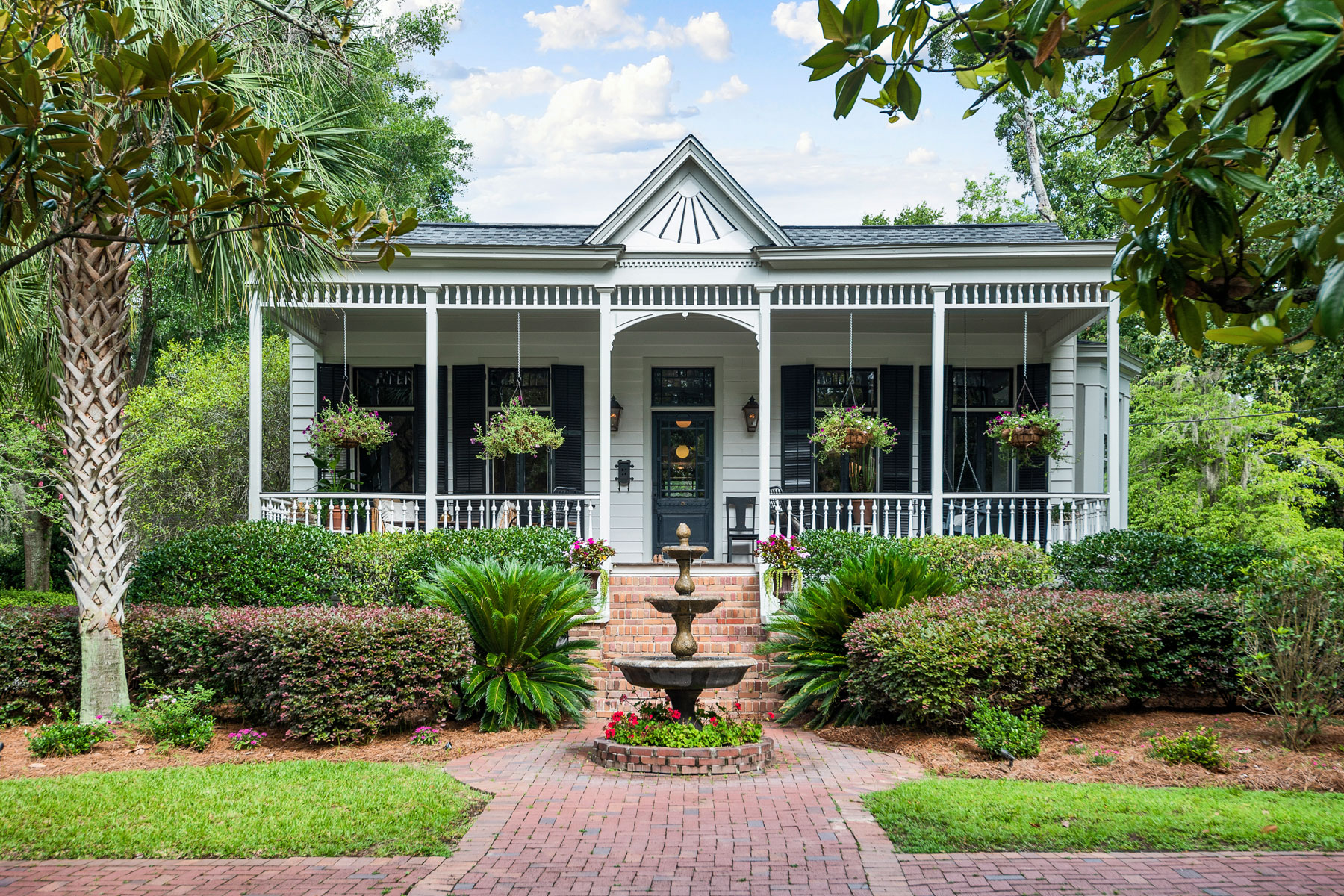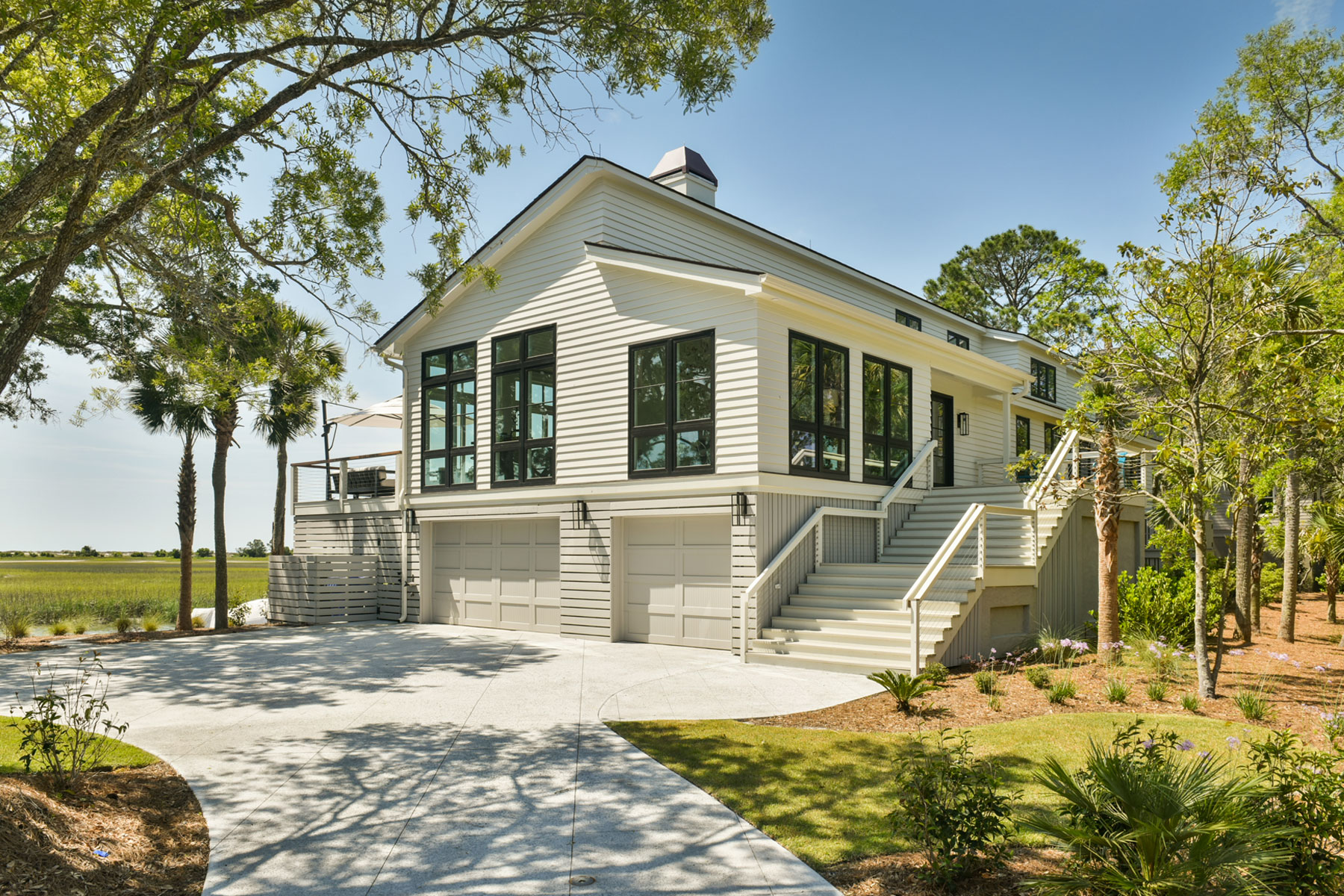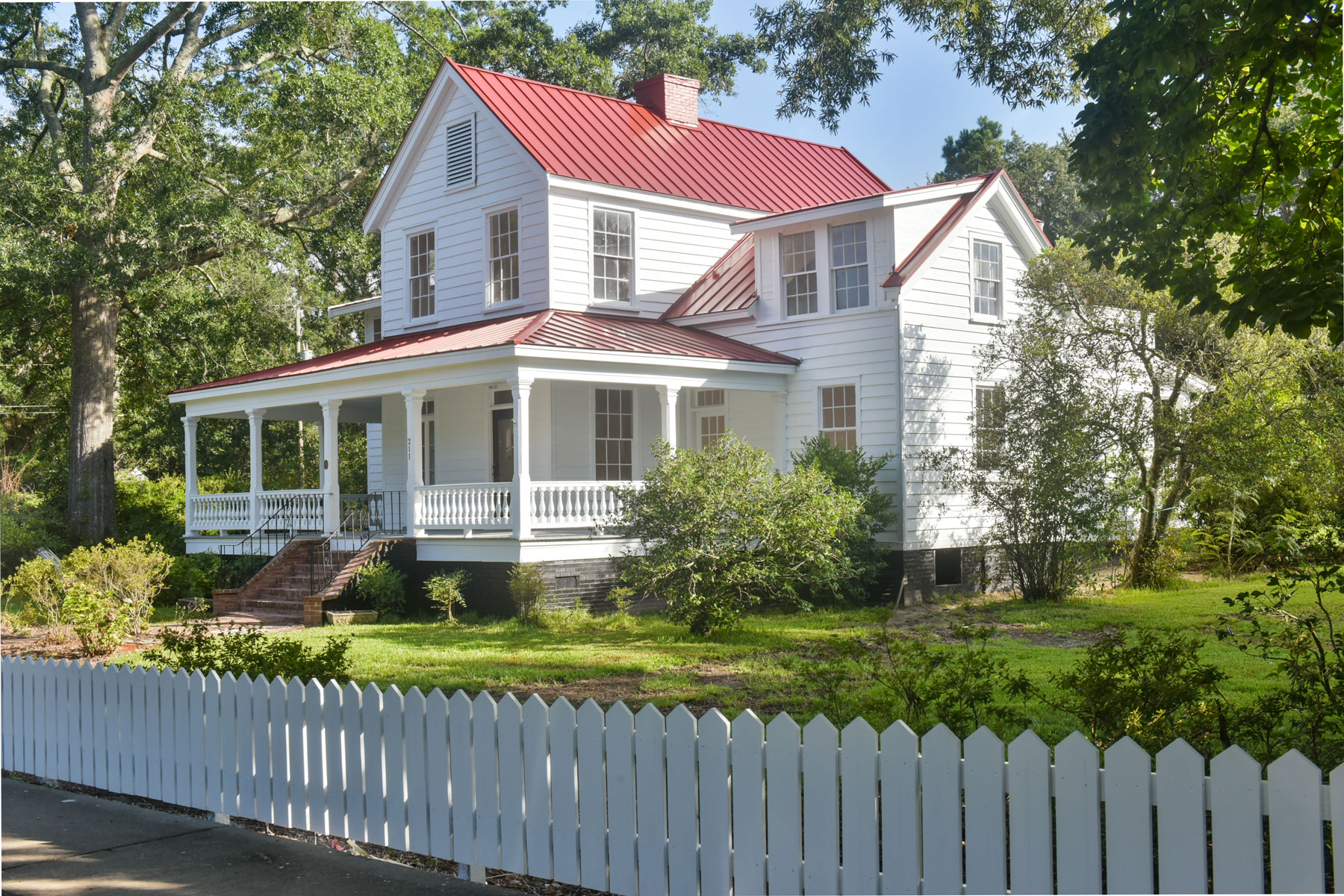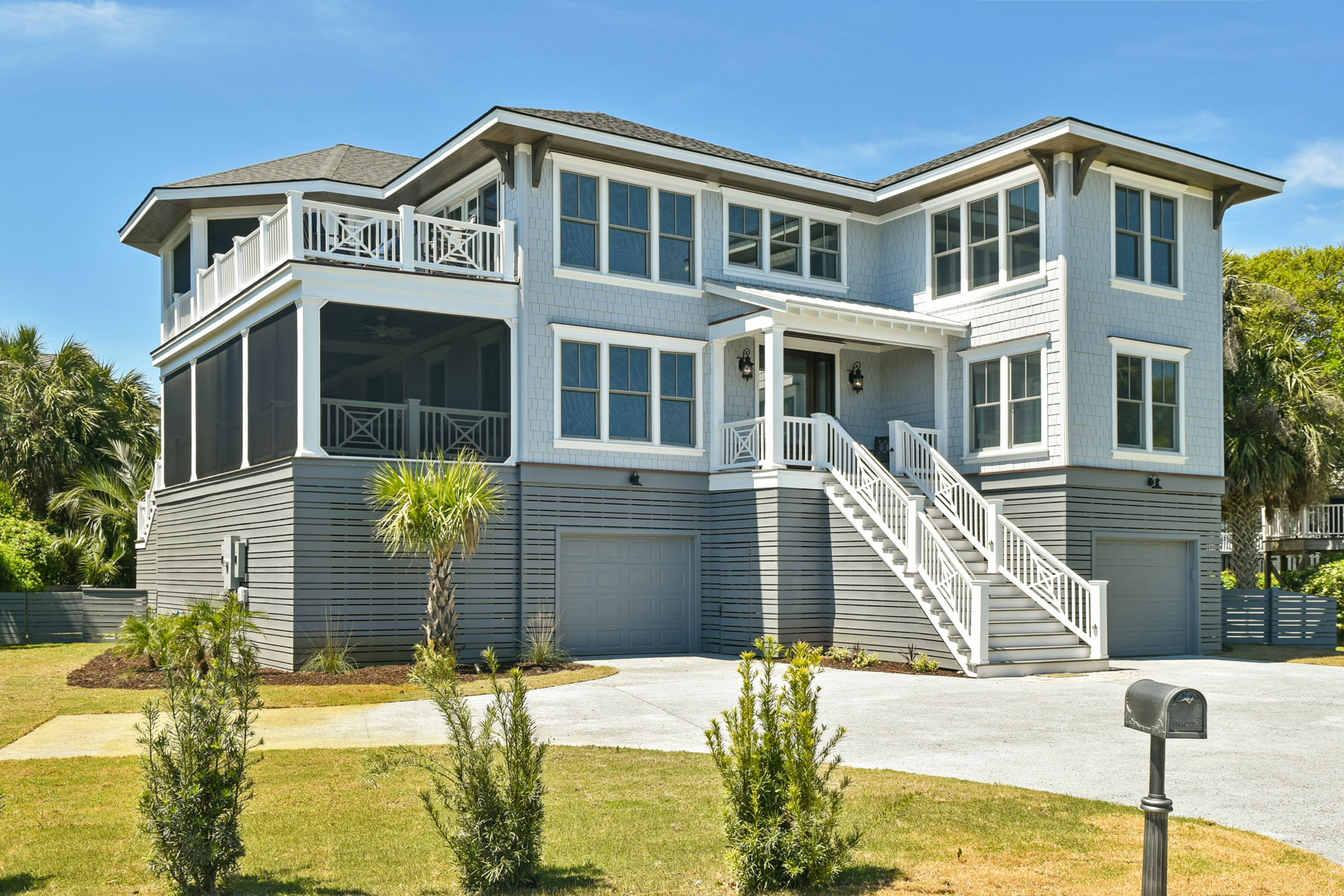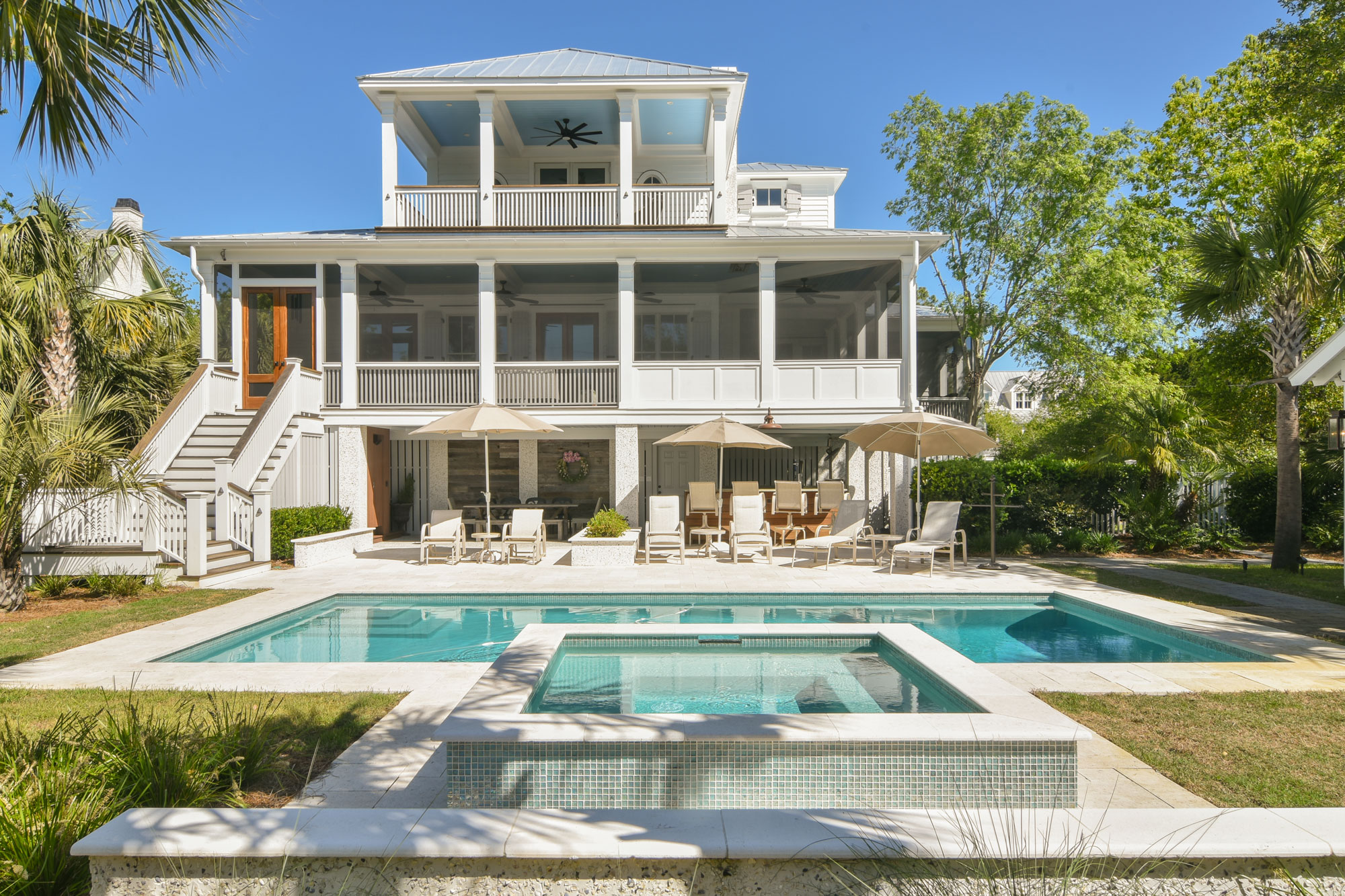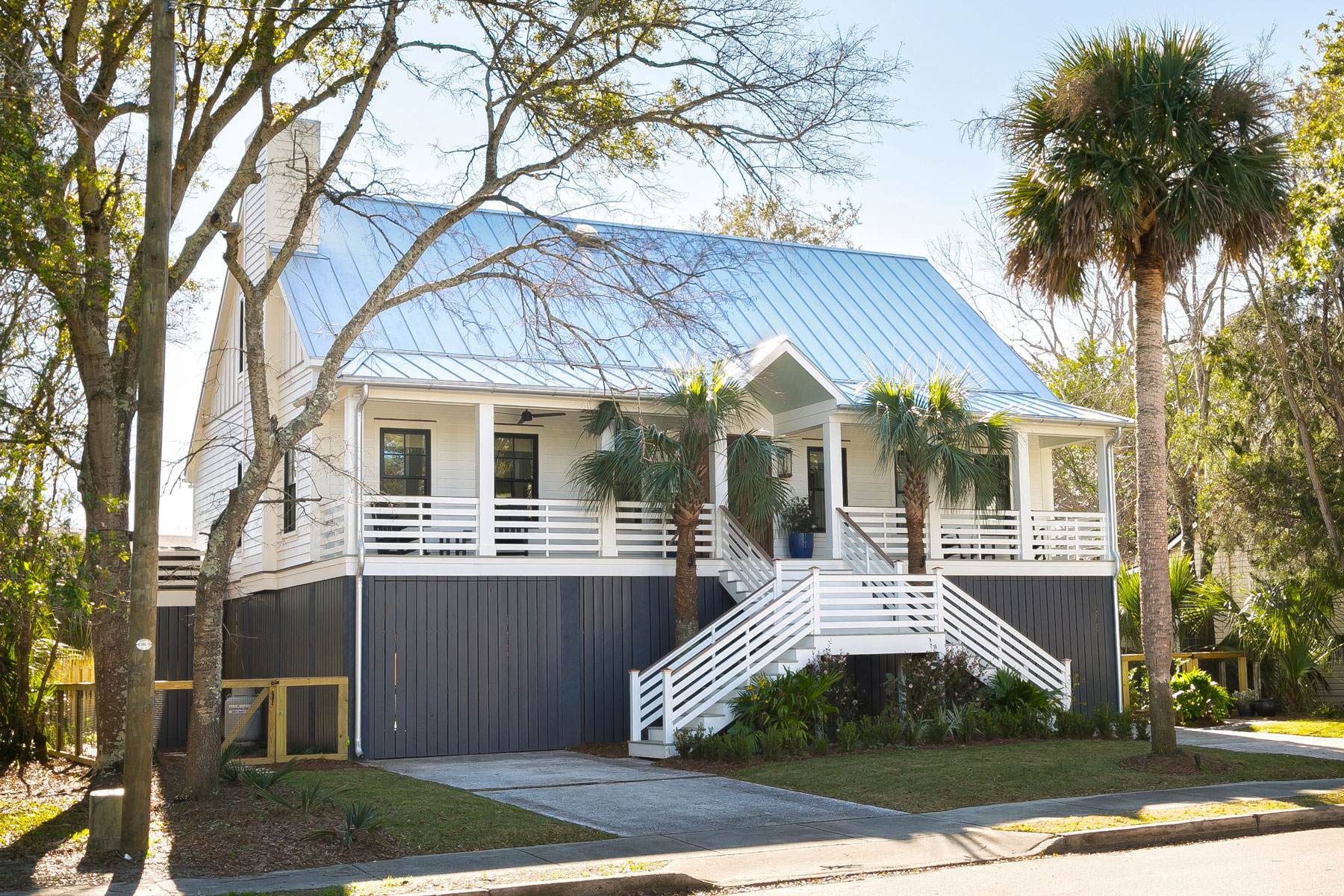Charming Cottage Restoration
Whole House Renovation in the Exclusive Yeamans Hall Club
Yeaman’s Hall Club is an exclusive, members-only golf and country club located just north of Charleston along the Cooper River. Construction of the Seth Raynor-designed golf course was completed in 1925. Raynor was a disciple/protégé of Charles Blair Macdonald, the founder of golf course architecture in the United States. Of the more than 85 courses that Raynor designed, Yeaman’s Hall was one of his last works and is considered one of his premier designs. Other marquee names associated with the development of Yeamans Hall include the Olmsted Brothers. The brothers, John Charles and Frederick Law Olmsted, Jr., took over the firm from their father, Frederick Law Olmsted. Olmsted Sr. is best known for his work on the land development of Central Park in New York and is considered the founder of landscape architecture in the U.S. The influence of the Olmstead Brothers’ earlier work on the development of America’s National Parks, including Yosemite, Acadia, and the Everglades, can be seen in the balance with nature that they brought to the Club’s landscape.
The Club was originally envisioned as a fall and winter home for industry leaders and was planned to have approximately 300 homes. The development of the Club, however, would take a different route through the post-depression years. Less than 40 private homes were built and these homes rarely, if ever, come on the market. Our client, a long-time member of the club, was able to purchase this cottage through a private sale. The lovely, quaint home was nestled under live oak trees with mature landscaping of native plants–just as the Olmsteads had envisioned. The bones of the house were good with original hardwood floors, although the rooms were small and felt dark and closed off. It was the perfect canvas to start anew for Swallowtail Architecture to design a charming Southern cottage for a new era.
We started with “raising the roof.” The single story home’s original flat ceilings were removed. We were then able to vault the ceilings in all of the main living spaces including the kitchen and the living room and dining space. The dining space is located in a new octagonal alcove just off the living room. Following the lines of the octagonal shape, the ceiling is vaulted to a point with an elegant chandelier that creates a cohesion for the space. In the living room, the original brick of the fireplace was whitewashed and built-ins were added to flank the fireplace. A new wood mantel and surround were stained in a warm tone to complement the heavily variegated tones of the original oak floors.
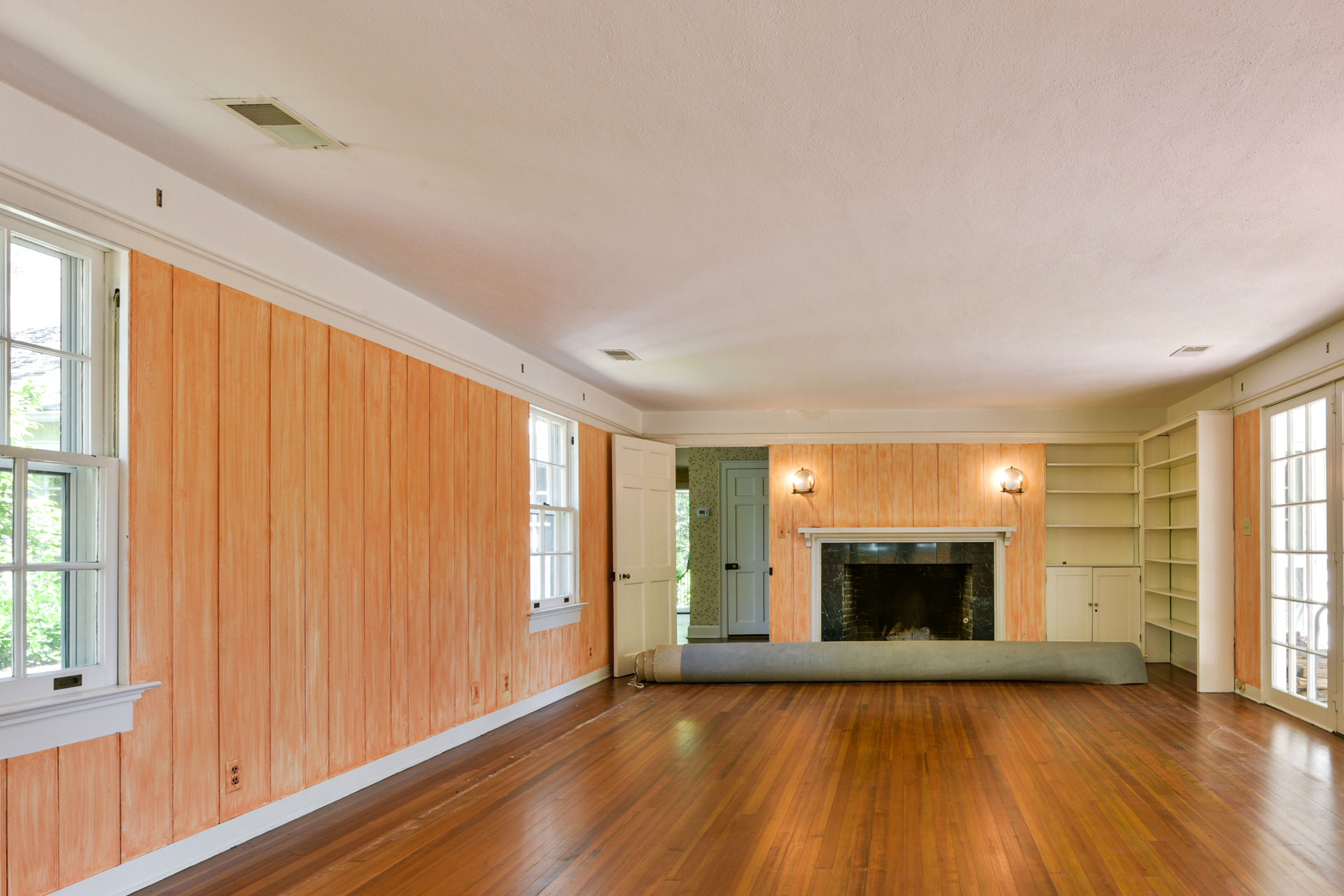
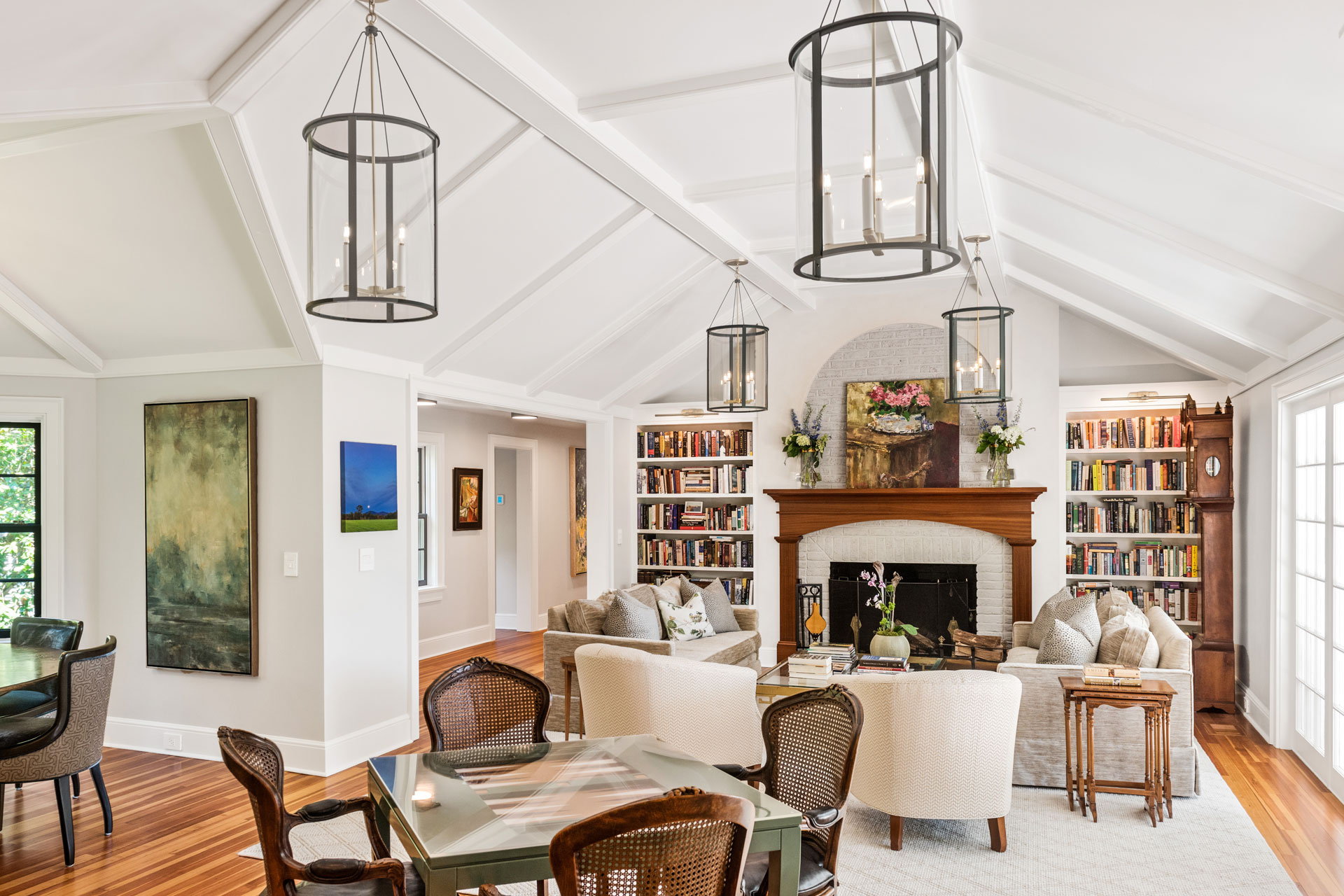
Before and After View of Living Room with New Vaulted Ceiling
In the kitchen, the design centered on accentuating the height of the room and the vaulted ceiling. We used modern white shaker cabinetry with gold pulls and knobs. We purposefully used minimal upper cabinetry to again put the focus on the volume of the space–particularly so on the wall with the hood vent. Double height windows flank the sculptural metal hood vent. The lines of the curvature of the vent are so smooth and stand in contrast to the otherwise very linear nature of the kitchen. Cabinet-paneled refrigerator and dishwasher emphasize the minimalist, yet elegant nature of the kitchen space.
We expanded the footprint of the home by repurposing and building out the small one-car garage into an office and flext space, the kitchen space became the new main bedroom suite with a luxurious new bathroom with white nickel-gap walls and a show-stopping stand alone tub with exterior finish that is the same navy of the custom vanity. The garage had long since been too narrow for modern automobiles and separate stand alone garage had been built. By widening the space and extending the roofline of the rest of the home, this simplification created more scale and overall presence for the home. We also removed some interior walls and bumped out to add in new hallways and created a new flow within the house. This allowed plenty of wall space for the homeowner’s collection of paintings, while still feeling open in the living space. As you leave the kitchen to the living room and dining room, we tucked in a dry bar at the end of the new hallway. The dark, moody charcoal cabinetry is a stark contrast to the more subdued tones of the kitchen. It’s unexpected moments like this that make the space feel personalized for the homeowners.
Image Gallery

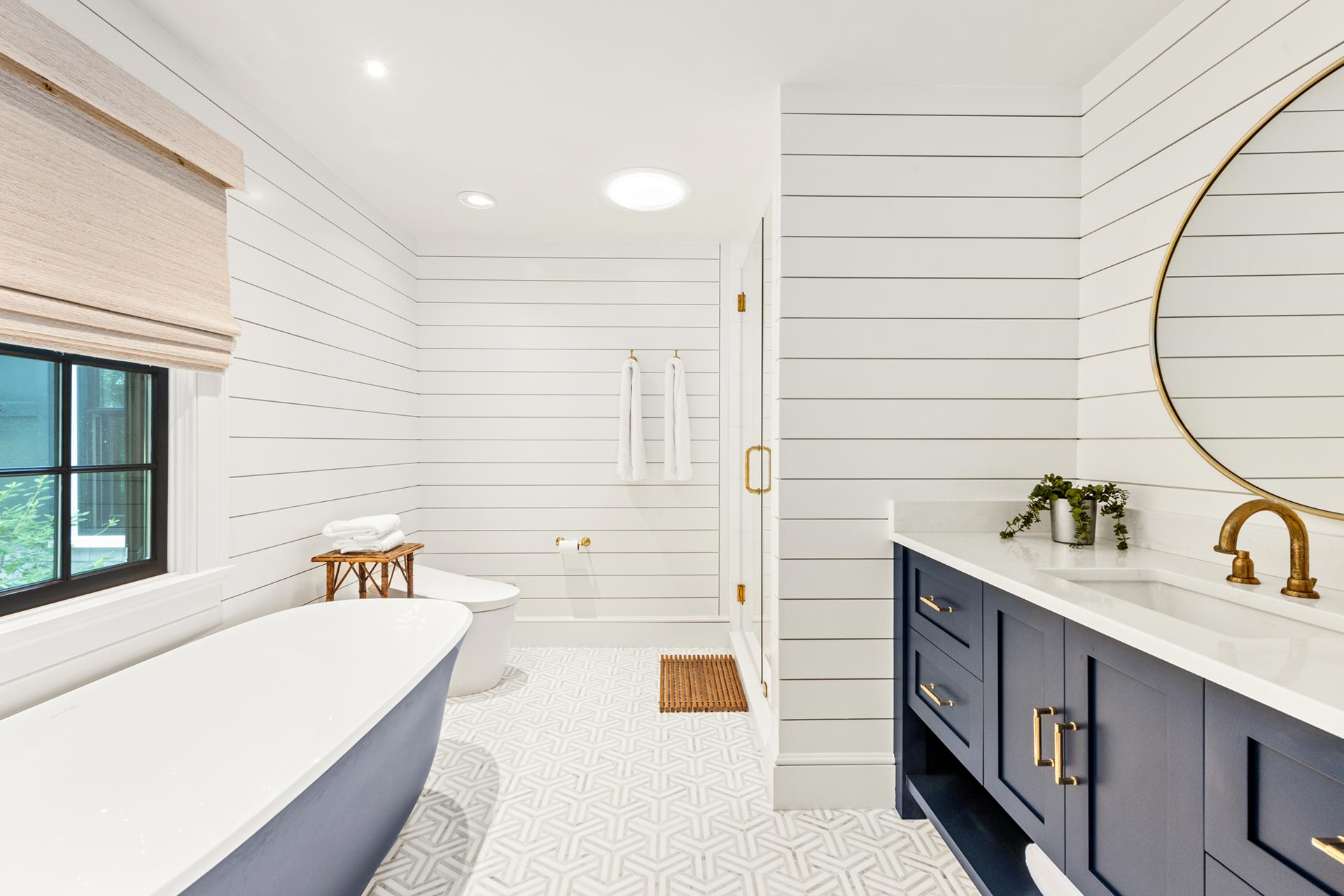
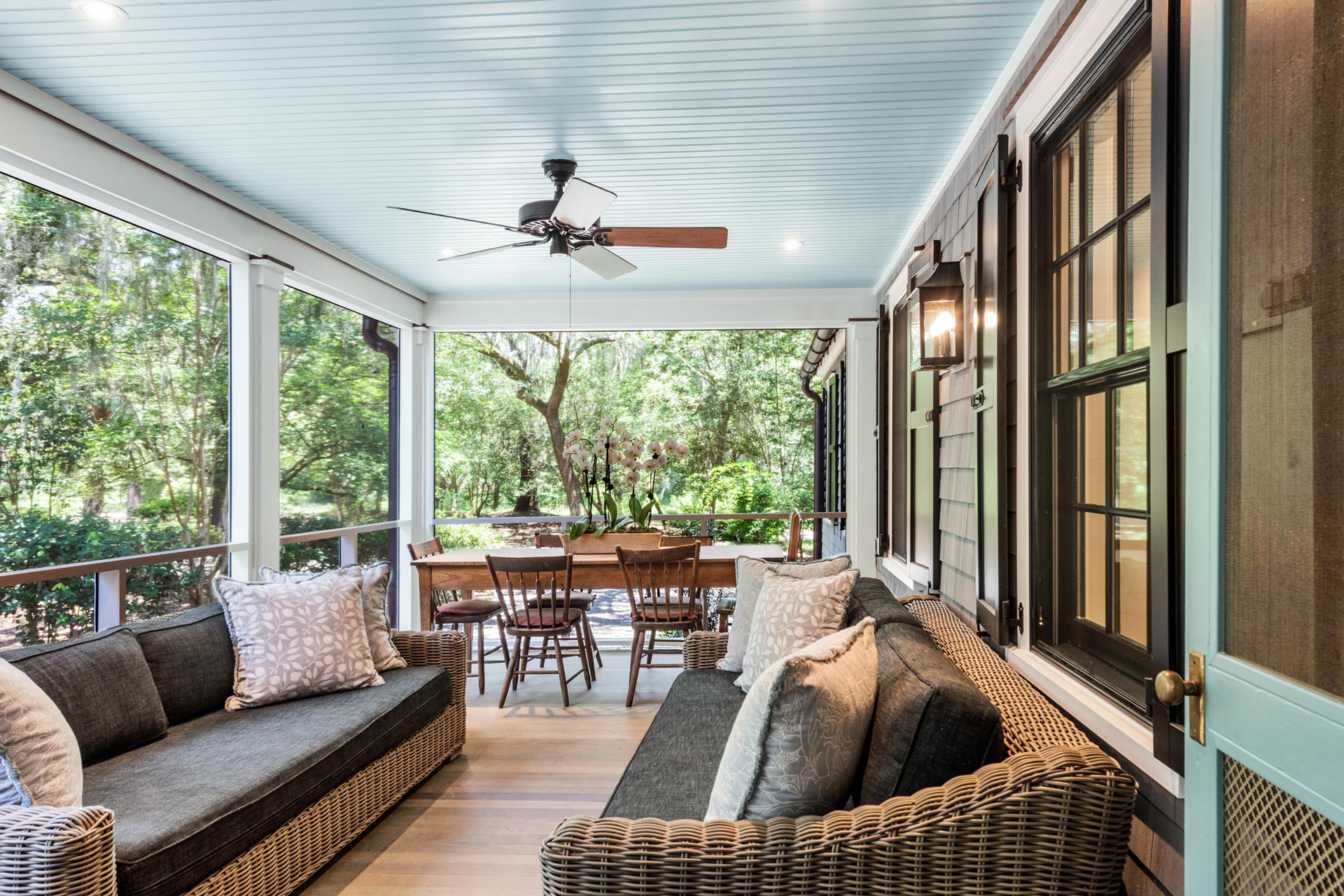
Interior Design: Robin Rogers
Builder: The Village Company



